Eerie Essentials: 8 Important and Influential Films From the Golden Age of Horror That Every Genre Fan Should See
Horror films are juxtaposed metaphorical manifestations of the monsters Jason Voorhees and Michael Myers lumbering around respectively in their Friday the 13th and Halloween films: they simply will not die.
George Melies’ three-minute 1896 short film Le Manoir du diable, also known as The House of the Devil and The Haunted Castle, unknowingly launched the horror film genre. It was the first motion picture to present macabre elements like haunted houses, bats and cauldrons to the fledgling world of movies, and it marked the infancy of scary films.
In the over 120 years that have passed since The Haunted Castle’s Paris premiere, the horror film genre has flourished and become cinema-centric for a world full of rabid fans indulging in everything from the Universal Monsters of the Golden Era; Vincent Price’s collection of creepy classics (House of Wax, House on Haunted Hill, The Tingler); Hammer Horror that added color and blood to the exploits of Dracula and Frankenstein; Hitchcockian Masterpieces like Psycho (1960) and The Birds (1963); Slasher icons including Freddy Krueger, Leatherface, Chucky and Pinhead; and beyond to today’s splatter and ghost-story culture of Saw (2004) and Insidious (2010) titles.
But it’s those Golden-Age days that set the wheels in motion. So, here is a list of eight of the most influential, horrifying and entertaining macabre movies from the earliest days of cinema and several little-known facts to quench your trivia thirst. These are must-sees for all scary movie aficionados.
The Cabinet of Dr. Caligari (1920)
97 years ago, The Cabinet of Dr. Caligari (1920) opened in Berlin. The film is a sterling example of German Expressionism, which found fruition just prior to the first World War. The movie revolves around the evil Dr. Caligari (Werner Krauss) who uses young Cesare (Conrad Veidt) to carry out his diabolical deeds. And even though this is a silent picture, Caligari remains one of the best early representations of the horror genre. It is a must-see for any enthusiast of the macabre.
Co-starring: Lil Dagover and Hans Heinrich von Twardowski/Runtime: 67 minutes/Rated: Unrated
TRIVIA:
- Caligari is well-known as the first full-length horror film.
- Actor Conrad Veidt went on and played Major Strasser 22 years later in the classic Casablanca (1942).
- Screenwriter Hans Janowitz got the idea for the story after attending a carnival and discovering that a young girl was killed there.
- Most of the sets you see on film are made of painted paper.
- The actors made approximately $30 a day for the shoot.
Nosferatu (1922)
Directed by F.W. Murnau, the first feature film adaptation of Dracula follows the evil Count Orlok (Max Schreck), as he unleashes his hideous vampire powers on his unsuspecting prey.
Co-starring: Greta Schröder, Gustav von Wangenheim, Georg H. Schnell and Gustav Botz/Runtime: 81 minutes/Rated: Unrated
TRIVIA:
- Although the characters have different names, Nosferatu is a direct rip-off of author Bram Stoker’s novel Dracula.
- A vampire’s weakness to sunlight appears for the first time in Nosferatu when the evil Count Orlok is vanquished at the film’s conclusion.
- All prints and negatives of the movie were ordered destroyed after the widow of Stoker won her lawsuit against the filmmakers. However, the film survived as it slowly began to surface in other countries.
- Nosferatu was banned in Sweden, because of its violent content. In 1972, the ban was finally lifted.
- Count Orlok, aka Count Dracula, only appears on screen for approximately nine minutes.
- The actor who plays Count Orlok is named Max Schreck. The word Schreck means “fright” in German.
The Phantom of the Opera (1925)
A mysterious phantom (Lon Chaney) haunts the Paris Opera and sets his sights on the lovely ingenue, Christine (Mary Philbin).
Co-starring: Norman Kerry and Gibson Gowland/Runtime: 93 minutes/Rated: Unrated
TRIVIA:
- Chaney became well-known for developing his own make-up for many of his characters, as he did in In fact, Chaney used egg membranes on his eyeballs to make them look cloudy. He also employed fish skin and a bald cap to create the skeletal look for his face.
- When the Phantom reveals his face to Christine the horrified reaction of actress Mary Philbin is genuine, and not acting, according to cinematographer Charles Van Enger. Chaney kept his make-up a secret until the last possible moment, so Philbin was, in fact, startled at his grotesque appearance.
- The Phantom has a very unusual-looking bed in the picture. And it was used again years later. as Gloria Swanson’s bed, in the film Sunset Blvd (1950).
- In 1930, a sound version of The Phantom of the Opera was released and it grossed another million dollars for Universal Pictures. Sadly, this talkie no longer exists and is considered a lost film.
- When director Rupert Julian was approached to helm the project he simply said, “Lon Chaney, or it can’t be done!”
M (1931)
Directed by Fritz Lang, the film follows the psychopath Hans Beckert (Peter Lorre). The devilish child killer continually alludes the police, but the tide turns when other criminals join the manhunt.
Co-starring: Ellen Widmann, Otto Wernicke and Inge Landgut/Runtime: 99 minutes/Rated: Not rated.
TRIVIA:
- The film’s serial killer is played by none other than actor Peter Lorre who went on and enjoyed a successful Hollywood career, with pivotal roles in Casablanca (1942), The Maltese Falcon (1941) and Casino Royale (1954).
- M is considered the great granddaddy of slasher films, while Psycho (1960) ranks as the granddaddy and Halloween (1978) the father of the subgenre.
- Nazis banned the movie in July 1934. So, the German film could not be seen in its country of origin.
- It only took six weeks to film
- Prior to M, Peter Lorre was known best for his work as a comedic actor.
- M is short for morder, which means murderer in German.
Dracula (1931)
Directed by Tod Browning, the film introduces moviegoers to Bram Stoker’s Count Dracula (Bela Lugosi).
Co-starring: Edward Van Sloan, Dwight Frye and Helen Chandler/Runtime: 85 minutes/Rated: Approved for Audiences
TRIVIA:
- Actor Bela Lugosi played Dracula on stage prior to taking on the iconic role for Universal Pictures. However, Lugosi was not the studios first choice. Universal wanted Lon Chaney to play the part, but the actor passed away of lung cancer in 1930.
- An alternate version of Drácula (1931), was filmed during the nighttime hours, on the same set at the same time, with Spanish-speaking actors. It is considered a vastly superior picture, in terms of technical achievement.
- Dracula’s lair, or the outside of the castle, was a painting on glass, which was placed in front of the camera. But the coach carrying Renfeld was real, while the background was fake.
- Actor David Manners (John Harker) claimed to have never watched Dracula (1931), which is extraordinary since he didn’t die until December 23, 1998.
- Undoubtedly, Dracula was Bela Lugosi’s most famous role, and the character made appearances in numerous Universal Pictures productions. However, Lugosi only played Dracula twice: Dracula and Abbott and Costello Meet Frankenstein.
- Actress Bette Davis was considered to play the part of Mina Harker, but the head of Universal Pictures Carl Laemmle Jr. didn’t believe she was sexy enough.
- At his funeral, Lugosi was dressed in one of his Dracula capes for his burial.
Frankenstein (1931)
Directed by James Whale, the film adaptation of Frankenstein drastically veers from the story presented in Mary Shelley’s 1818 novelization. But Dr. Frankenstein (Colin Clive) still does the unthinkable and creates life in the form of a hideous monster (Boris Karloff).
Co-starring: Mae Clarke, Edward Van Sloan, Dwight Frye and Frederick Kerr/Runtime: 70 minutes/Rated: Not rated.
TRIVIA:
- Following the success of Universal’s Dracula (1931), which opened earlier that same year, the studio wanted their new star Bela Lugosi to play the part of the monster. But Lugosi turned down the role, because the creature didn’t have any dialogue in the picture.
- 44-year-old Boris Karloff was a virtual unknown when director James Whale spotted him in Universal’s commissary. And that chance encounter ended up changing the course of Karloff’s life. Karloff went from unknown to “uncanny.”
- In fact, even after the production, Karloff was such an unknown actor that he wasn’t invited to the premiere of Frankenstein (1931). Karloff’s name doesn’t even appear in the opening credits.
- The monster’s shoes, which is a mainstay of the iconic costume, weighed 13 pounds each. It took special effects artist Jack Pierce four hours to make up Karloff and Boris’ costume weighed a total of 48 pounds.
- Frankenstein (1931) was banned in Kansas, because its content was that of “cruelty and tended to debase morals.”
- Boris Karloff played the monster three times for Universal Pictures. After Frankenstein (1931), Karloff returned for both Bride of Frankenstein (1935) and Son of Frankenstein (1939).
The Mummy (1932)
Directed by Karl Freund, the evil mummy Imhotep (Boris Karloff) rises from his own death and begins the process of resurrecting the Princess Ankh-es-en-Amon (Zita Johann) in the form of her modern-day doppelganger Helen Grosvenor.
Co-starring: David Manners, Edward Van Sloan and Arthur Byron/Runtime: 73 minutes/Rated: Not rated.
TRIVIA:
- A year earlier, during the filming of Frankenstein (1931), Karloff was an unknown commodity for Universal Pictures. But now Karloff was promoted heavily as “The Uncanny.” It is astonishing what a year’s difference makes. Other ads simply read: “…’The Mummy’.”
- The word Pharaoh must not have been used often back in 1932, because, in both the opening and closing credits, the title is misspelled as “pharoh.” For example, in the credits, it reads: James Crane as the “The Pharoh.”
- Imhotep, of course, was based, in name only, on the ancient Egyptian architect that designed the pyramids. Unlike the Imhotep featured in the film, the real man was represented as a god following his death.
- Actress Zita Johann and director Karl Freund hated each other. The set was full of tension, especially when Freund insisted that Johann play the princess partially nude. “Karl Freund made life very unpleasant,” Johann said in an interview. “It was his first picture as a director, and he felt he needed a scapegoat in case he didn’t come in on schedule, 23 days, I believe. Well I was cast as the scapegoat — and I saw through it right away! Before shooting started.” “I asked Freund and his wife over for dinner,” Johann continued. “He told me for one scene, I would have to appear nude from the waist up. He expected me to say, ‘The Hell I will!’ Instead I said, ‘Well, it’s all right with me if you can get it past the censors’ – knowing very well that the censors of that time were very strict. So, I had him there.”
- Freund took his feud with Zita much further by refusing to get her a chair, with her name on it. Even more shocking was that he left her unprotected in the pit of lions, while he and the crew were safely locked away in protective cages. Finally, to keep her uncomfortable, Freund had Zita stand against a board on a wall for hours to keep the wrinkles out of her costume dress.
- It took makeup artist Jack Pierce eight hours to apply Boris Karloff’s mummy appliances; the costume’s appearance was based on Ramses III. After the makeup was applied the first time, Karloff was quoted as saying to Jack Pierce, “Well, you’ve done a wonderful job, but you forgot to give me a fly!”
- The Mummy (1932) holds the record for the most money paid for a movie poster at auction: $453,500.
- The working titles for the film were Cagliostro, Imhotep and King of the Dead.
King Kong (1933)
Directed by Merian C. Cooper and Ernest B. Schoedsack, the giant ape King Kong is discovered on the mysterious Skull Island by the ambitious director Carl Denham (Robert Armstrong). But Kong’s love for the young ingenue Ann Darrow (Fay Wray) leads to a deadly confrontation atop the Empire State Building.
Co-starring: Bruce Cabot, Frank Reicher and Noble Johnson/Runtime: 100 minutes/Rated: Unrated
TRIVIA:
- Kong’s famous howl was the combination of both a lion and tiger roaring, at the same time. However, the sound effect was played backwards, and more slowly, to achieve Kong’s unique noise.
- The King of Skull Island does not appear on film until 47 minutes into the motion picture.
- King Kong grossed $90,000 on its opening weekend back in 1933, which was the largest film debut at the time. The movie’s success saved RKO studio from bankruptcy.
- Kong was actually several 18 to 22-inch models made from a metal skeleton, rubber and foam, with rabbit fur for his hairy exterior. A small 22-inch, but essential prop, from the film sold for about $203,000 at auction in 2009.
- If you went to see the original 1933 release of King Kong, it would have cost you approximately 35 cents.
- The original laserdisc edition of King Kong contains the first audio commentary accompaniment to a motion picture ever.
- Actress Jean Harlot was offered the lead of Ann, but refused to play the part. Frances Lee was also considered for the role, but she lost out to Wray.
- King Kong was the feature film debut of actor Bill Williams (Deadline at Dawn, Rio Lobo, The Adventures of Kit Carson), but his name does not appear in the credits. Williams portrayed one of the NYC theatergoers.
- It’s often argued that King Kong is more of an adventure flick than horror film. Clearly, with today’s subgenres, Kong falls into the Giant Monster Movie Still don’t believe it is a horror movie? Take this into consideration: the body count in the 1933 version of King Kong came in at 40 deaths.


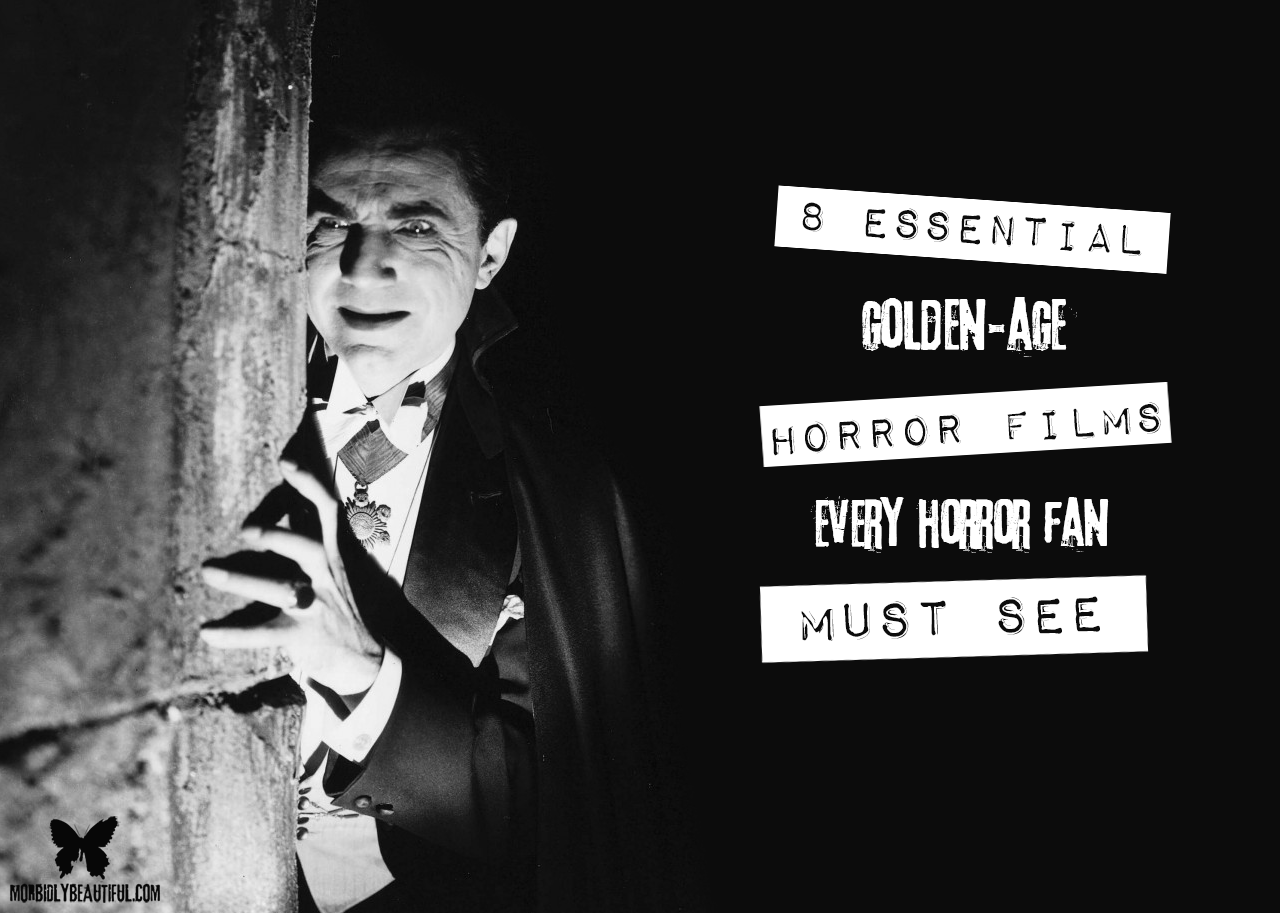
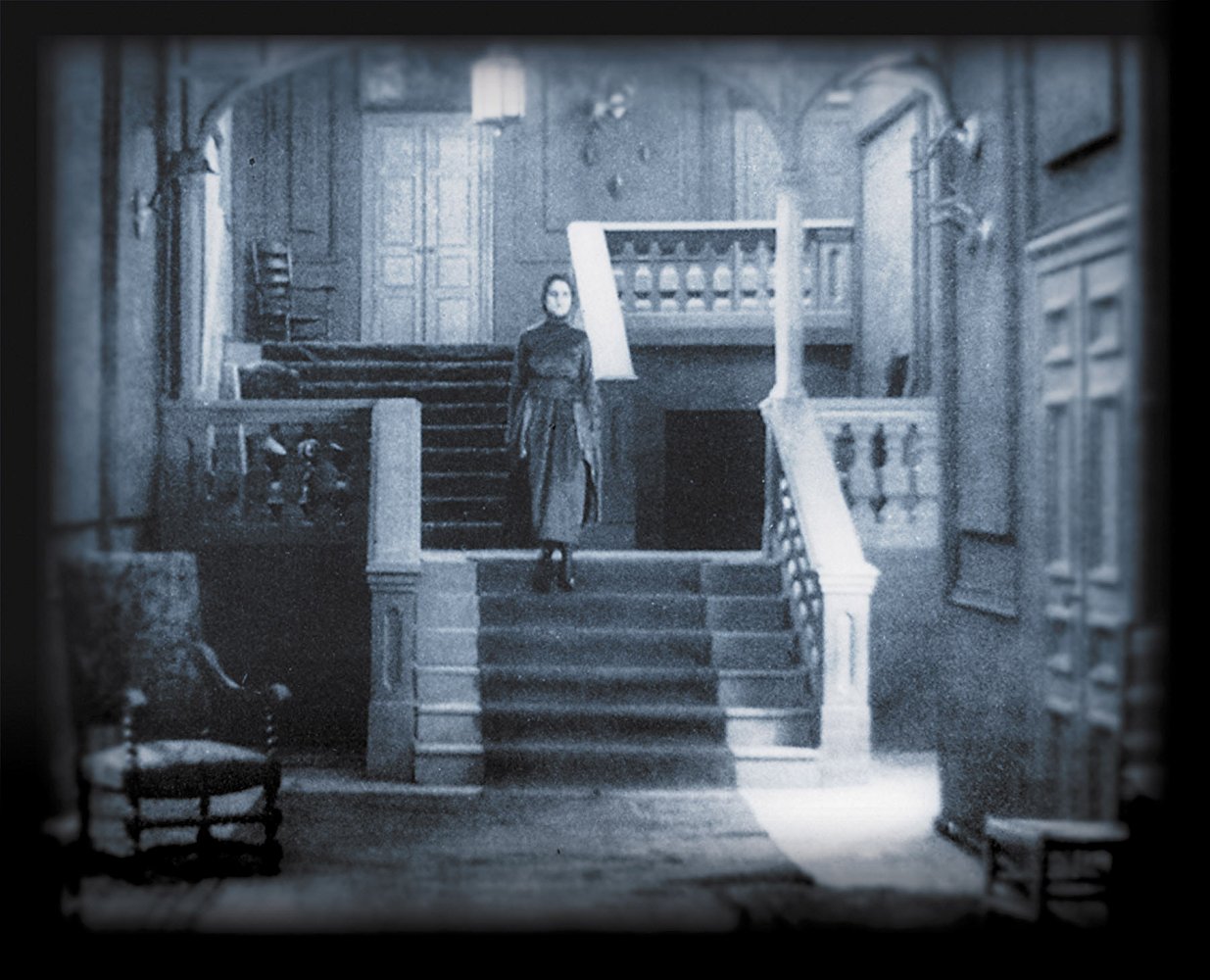
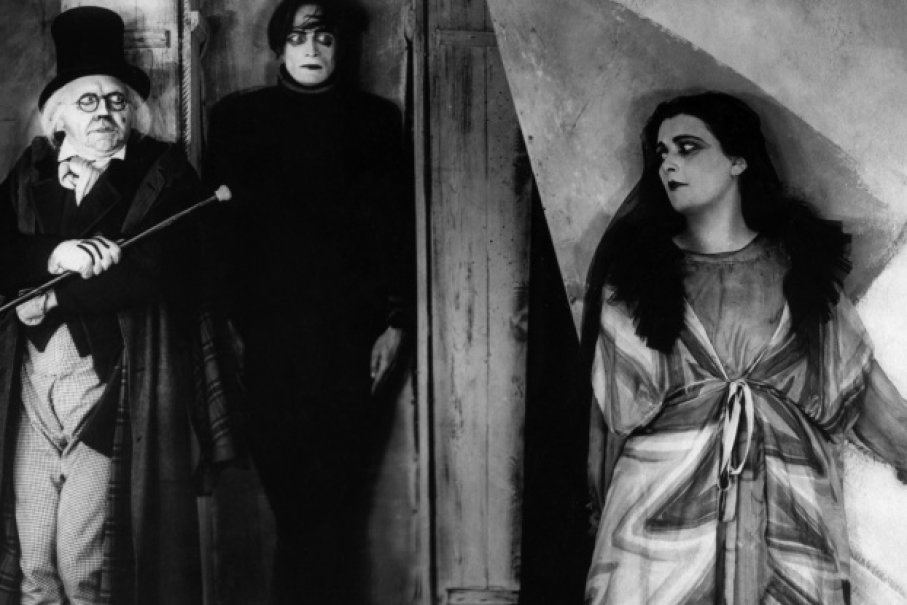
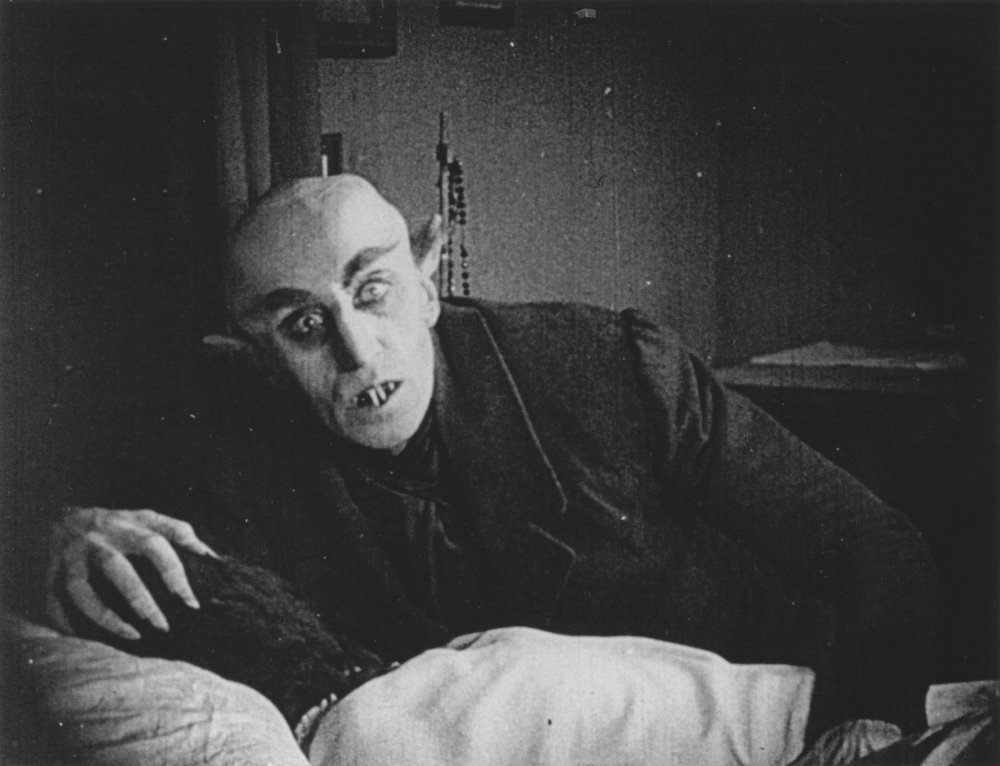
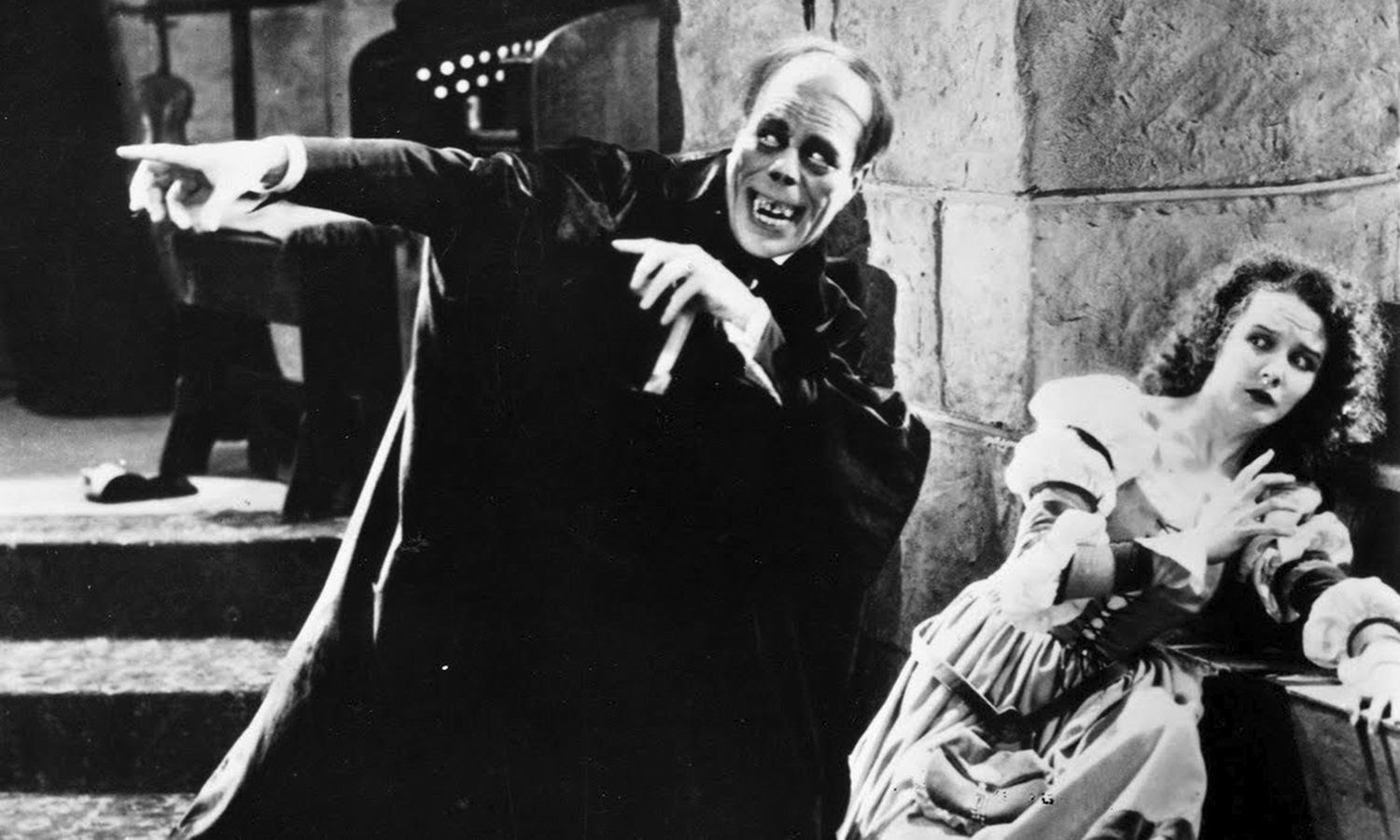


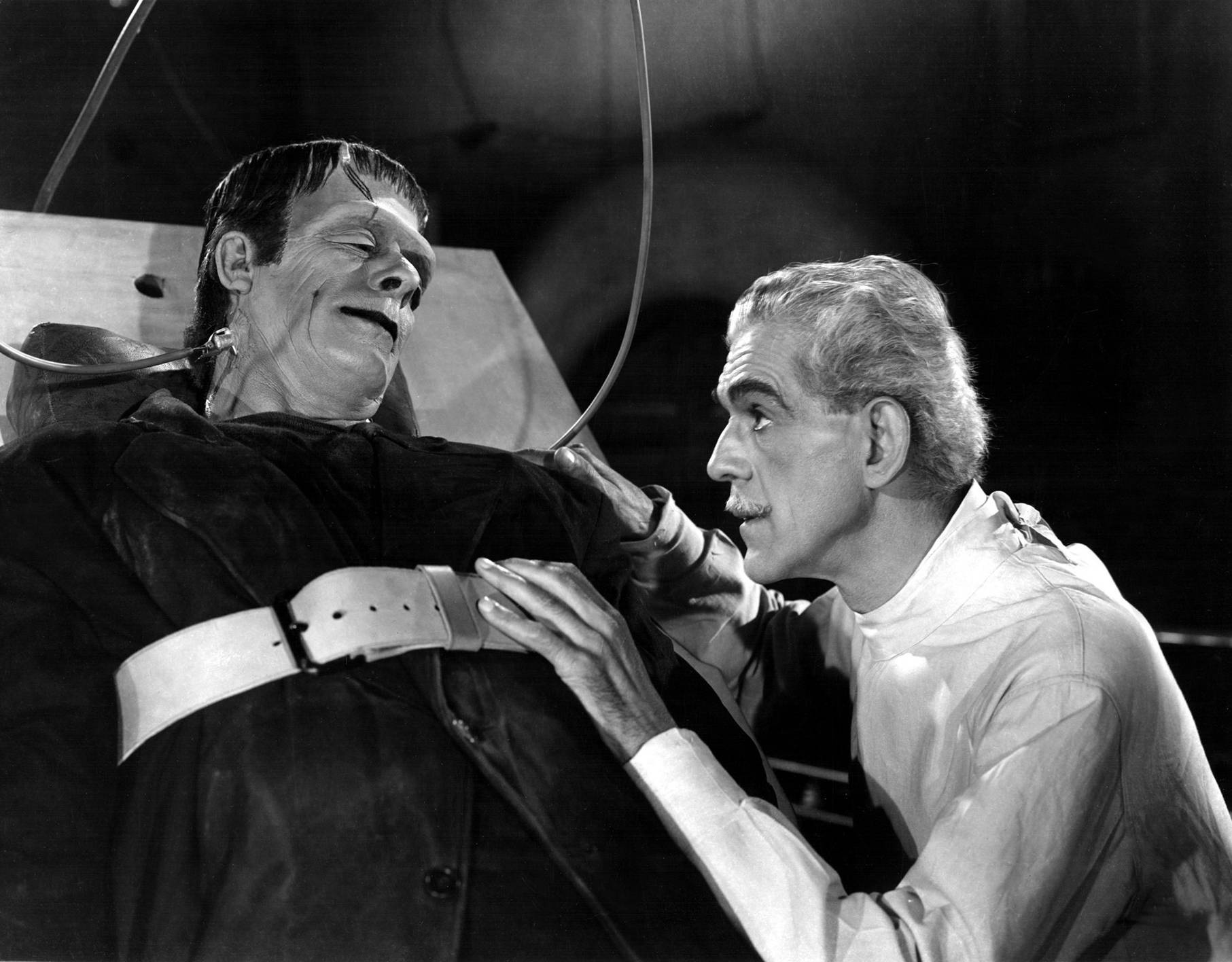

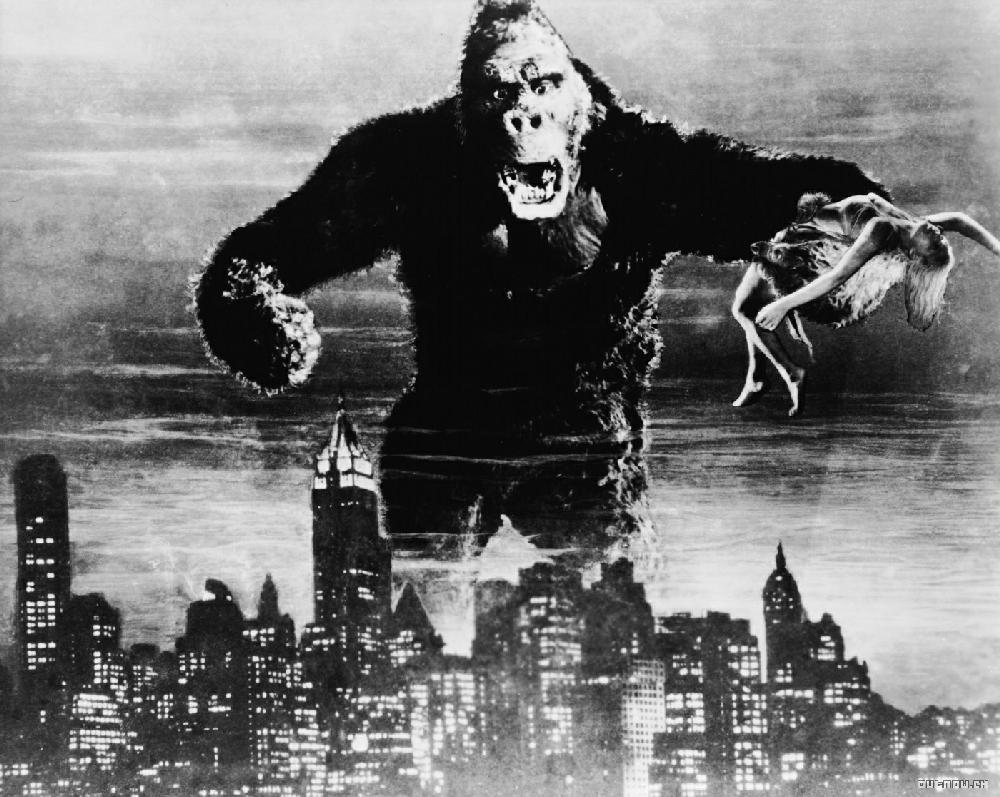
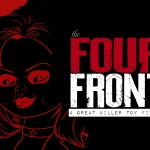


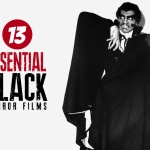








Follow Us!